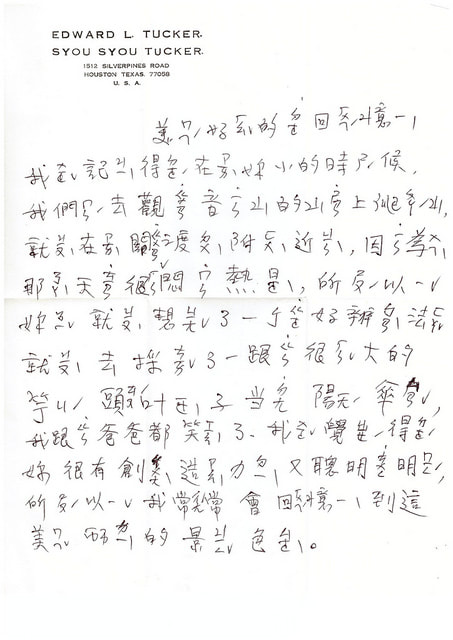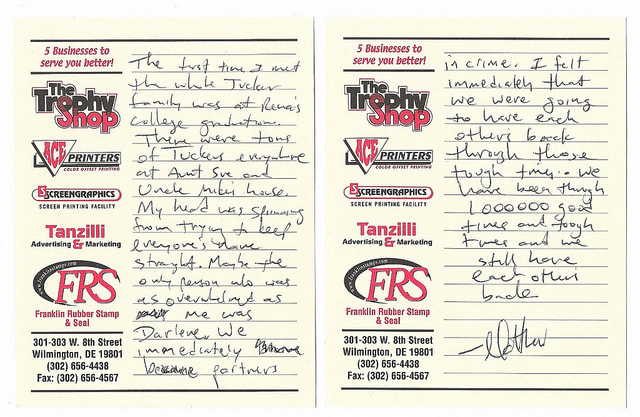Arlene Tucker is an artist and educator, and her work focuses on adding play elements to daily life through her art. Inspired by translation studies, animals and nature, she finds ways to connect and make meaning in our shared environments. Her process-based artistic work creates spaces and situations for exchange, dialogue, and transformations to occur and surprise all players. She is interested in creating projects that open up ideas and that engage the viewer; that invite the viewer to be a part of the narrative or art creation process.
In translation, your participation continues to propel the story. From that perspective her ongoing project Translation is Dialogue (2010) has fueled different platforms and ways to understand the translation process as well as use translation techniques in artistic practices. Her chapter, Translation is Dialogue: Language in Transit was published in Translating across Sensory and Linguistic Borders: Intersemiotic Journeys between Media (Editors: Campbell, Madeleine, Vidal, Ricarda, 2019). Since 2017, Tucker has been collaborating with Prison Outside, an independent project centred on the subjects of imprisonment, justice, and the role of the arts in the relationships between people in prisons and people outside. arlenetucker.net, translationisdialogue.org
In translation, your participation continues to propel the story. From that perspective her ongoing project Translation is Dialogue (2010) has fueled different platforms and ways to understand the translation process as well as use translation techniques in artistic practices. Her chapter, Translation is Dialogue: Language in Transit was published in Translating across Sensory and Linguistic Borders: Intersemiotic Journeys between Media (Editors: Campbell, Madeleine, Vidal, Ricarda, 2019). Since 2017, Tucker has been collaborating with Prison Outside, an independent project centred on the subjects of imprisonment, justice, and the role of the arts in the relationships between people in prisons and people outside. arlenetucker.net, translationisdialogue.org
Hair Tree (2017) explores trust, genetics, and mapping in reflection to "Who is in my family?" "Who are they?" "Do they feel the same way about me as I do about them?" I wrote letters to family members in Taiwan, USA, and South Africa asking them to send me a snippet of their hair. I received 72 lockets. From the gathering process, my questions were somewhat answered, but even more questions were raised. The texture and color of a strand of hair, says a lot, but all the microscopic and hidden elements wanted me to find out more about how forced connections and freedom to associate are created.
After the first installation of Hair Tree, I was interested in going beyond the DNA, beyond the immediacy of contact and see further where familial ties comes in on a deeper level. I asked everybody who had contributed a lock of their hair from Hair Tree to send me a memory. I asked each family member, "If you could keep one memory about us, what would it be?" The memories have been trickling in from all corners of the world. As they keep coming in, I'm filling the spaces between the knot with my memories about me and that family member too. Look above to see the Intertwined installation at Trapesa.
Intertwined is a conversation piece between memories that have been lost and found, retold, reheard from a different perspective. How you want to remember somebody is in your power. Click here to see the full collection of memories and feel free to comment on them. By opening up this dialogue, I feel that I have gotten closer to these family members as I really had NO idea they even took notice, cared, held onto certain moments that happened between us. And on the other hand, great conversations about what is valuable time spent together and what constitutes a memory has been opened up. As I'm in the middle of Intertwined, I feel like I have found more peace in that fact that I cannot control how I am remembered. Yet, I can choose how I want to remember You.
After the first installation of Hair Tree, I was interested in going beyond the DNA, beyond the immediacy of contact and see further where familial ties comes in on a deeper level. I asked everybody who had contributed a lock of their hair from Hair Tree to send me a memory. I asked each family member, "If you could keep one memory about us, what would it be?" The memories have been trickling in from all corners of the world. As they keep coming in, I'm filling the spaces between the knot with my memories about me and that family member too. Look above to see the Intertwined installation at Trapesa.
Intertwined is a conversation piece between memories that have been lost and found, retold, reheard from a different perspective. How you want to remember somebody is in your power. Click here to see the full collection of memories and feel free to comment on them. By opening up this dialogue, I feel that I have gotten closer to these family members as I really had NO idea they even took notice, cared, held onto certain moments that happened between us. And on the other hand, great conversations about what is valuable time spent together and what constitutes a memory has been opened up. As I'm in the middle of Intertwined, I feel like I have found more peace in that fact that I cannot control how I am remembered. Yet, I can choose how I want to remember You.
© 2020 by MOC collective. All rights reserved








